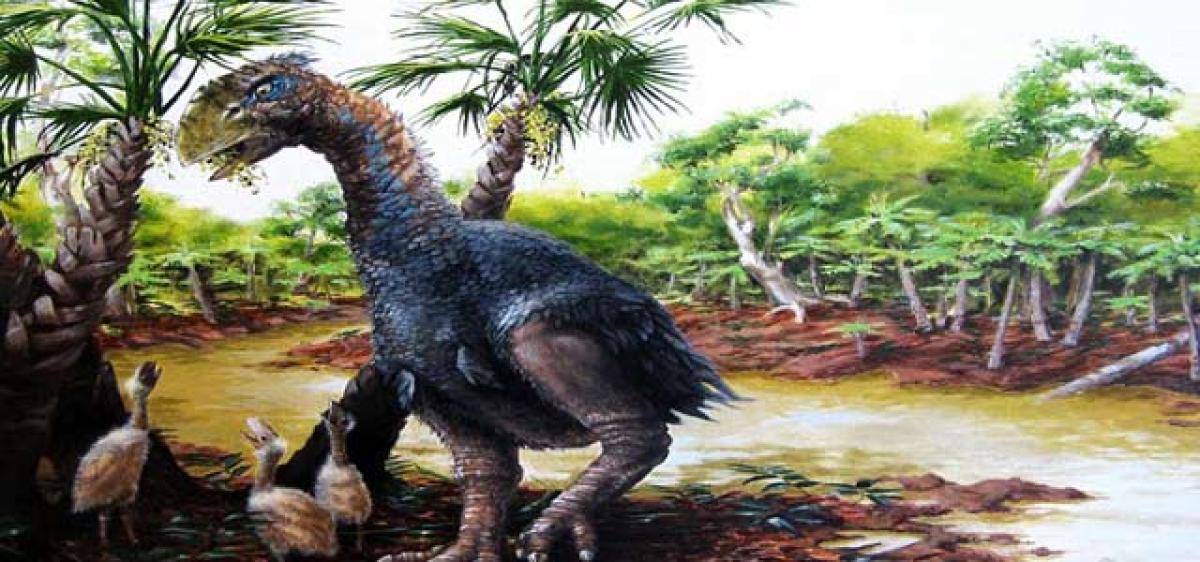Live
- YSRCP govt signed PPAs with SECI only: Kakani
- SIT speeds up probe in adulterated ghee case
- Cyber crime police refund Rs 3.59L to three cyber victims
- SAAP chairman rebukes Jagan’s comments on fee reimbursement
- Agri Minister Tummala: Bhadradri Kothagudem will be a model district
- Skilled workers urged to avail of PM Vishwakarma Yojana
- Ajit Pawar’s power play backs Fadnavis for CM post
- France's TotalEnergies halts new investment in Adani Group
- Oppn stalls Parl over Adani issue, Manipur
- Sharmila demands scrapping of agreements with Adani firm









